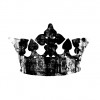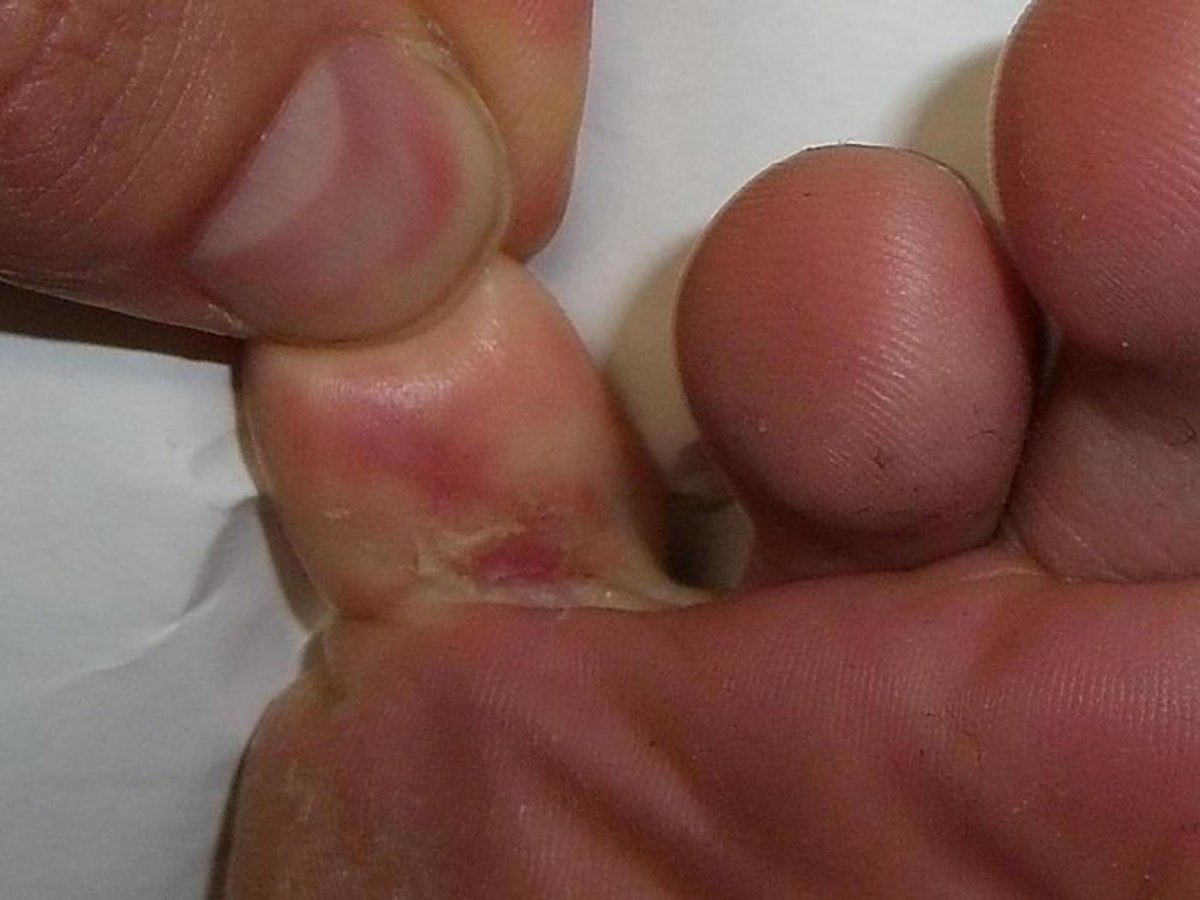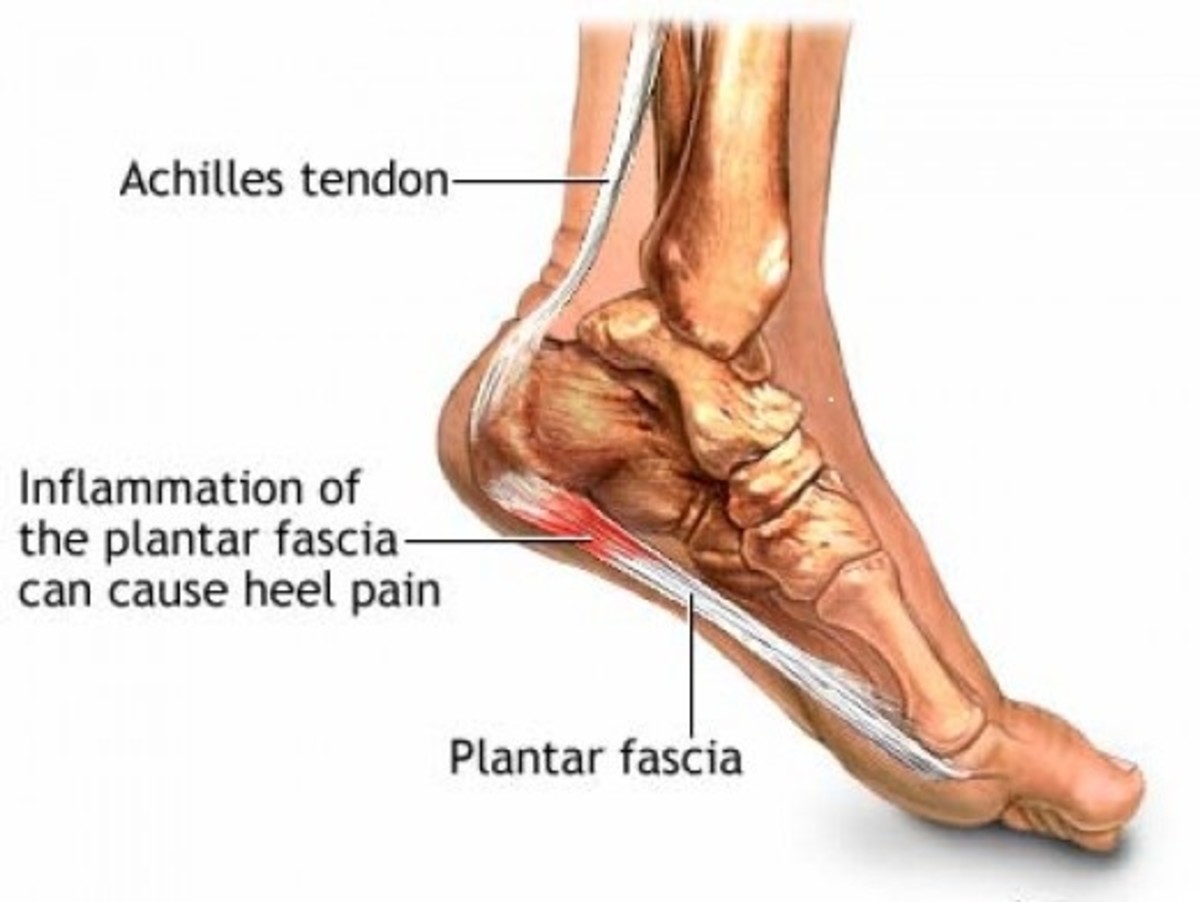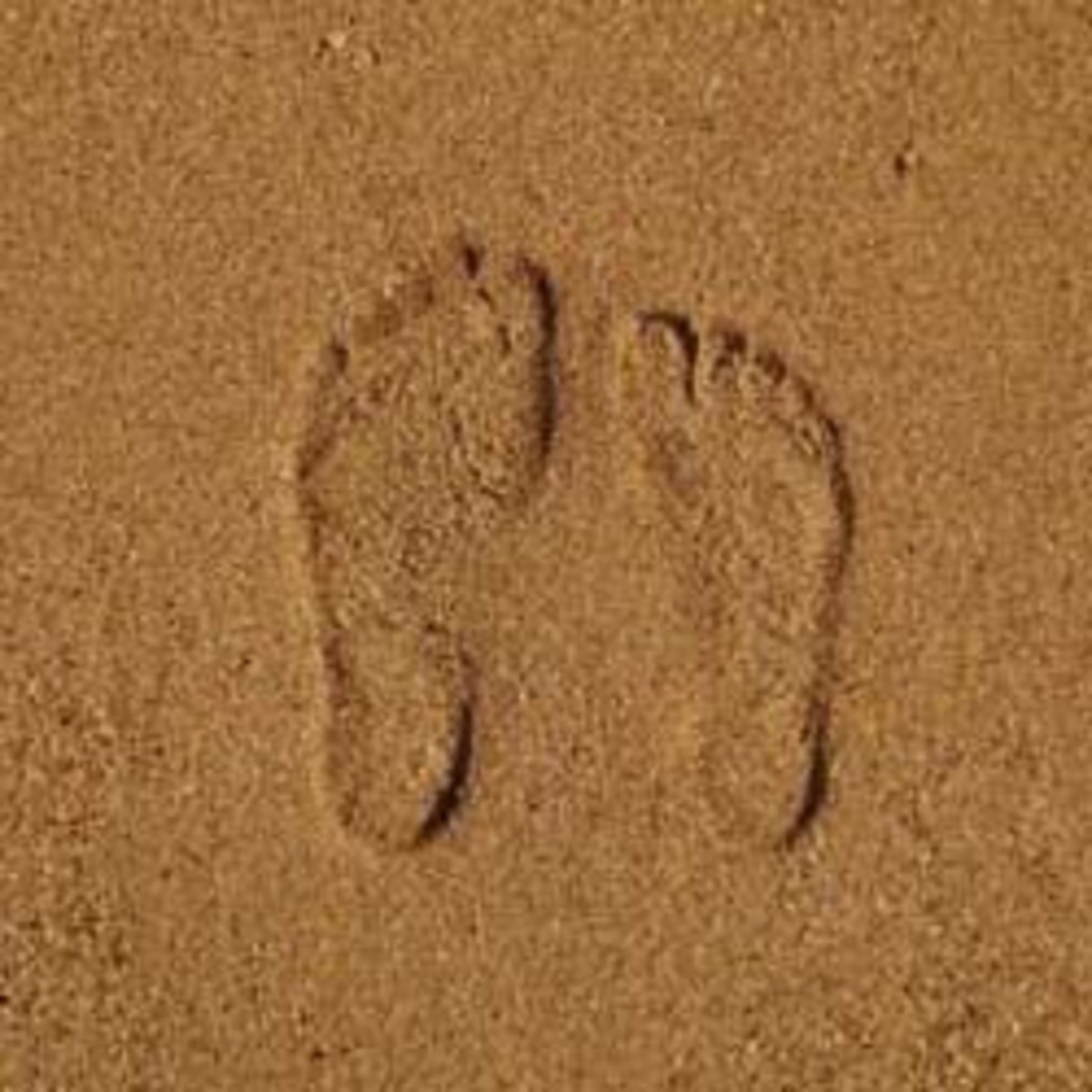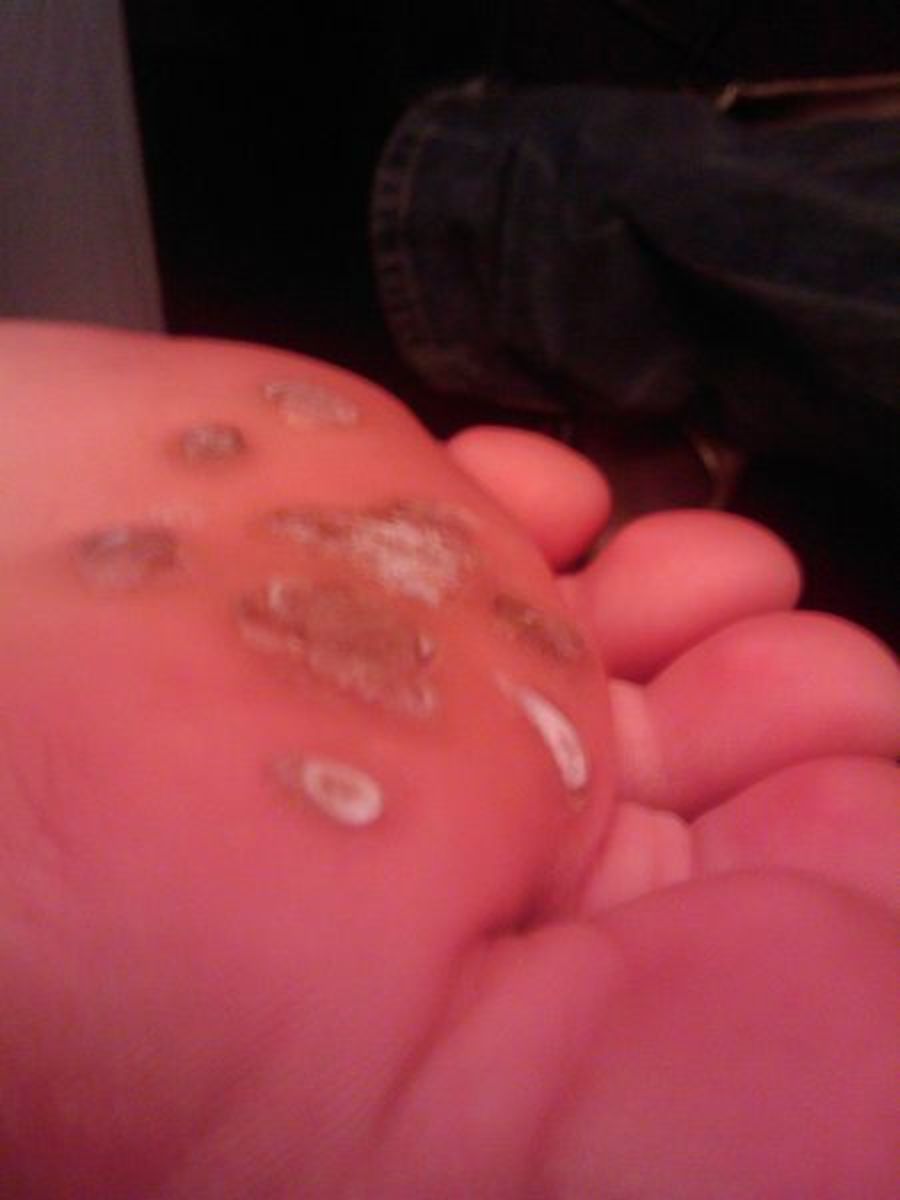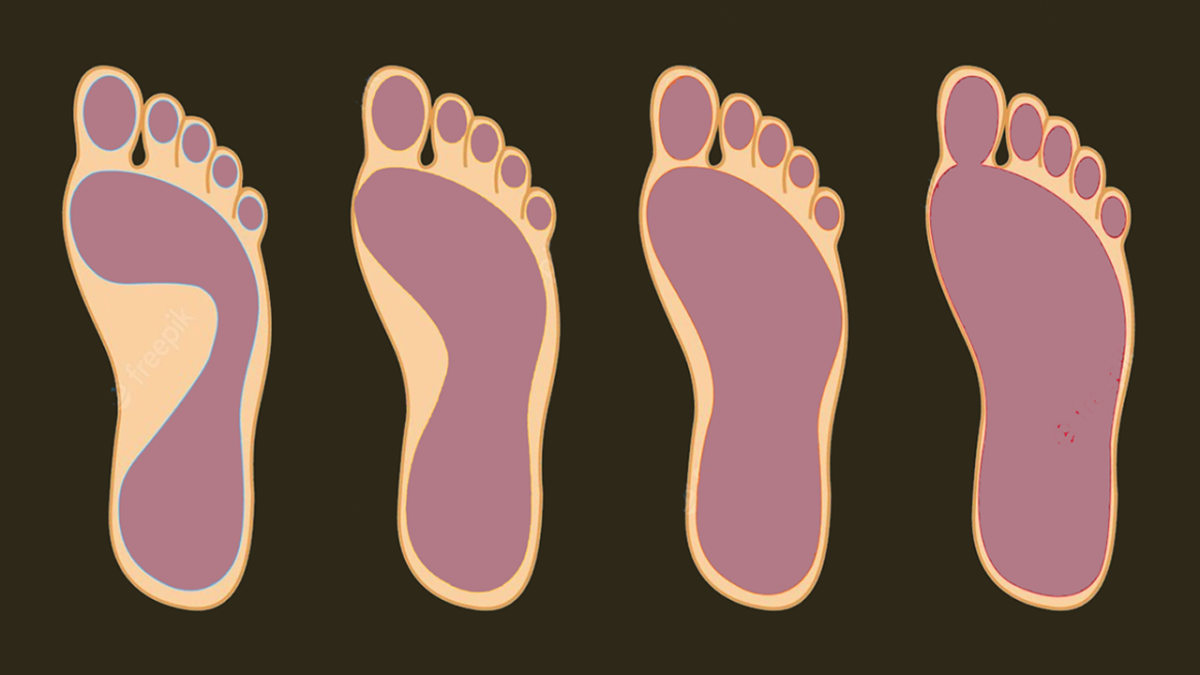- HubPages»
- Health»
- Personal Health Information & Self-Help»
- Health Self-Help
How To Deal With Foot Corns
Corns on the can be quite painful and unsightly.
Corns are mounds on the feet built with firm dead skin. This is a natural defense mechanism of the body to prevent any further damage to the skin.
Corns are easy to spot based on their shape and their lighter color in comparison to the normal skin color.
Before you can deal with corns, you will have to get a proper understanding of the type of corns that you have.
Types of Corns
There are two types of corns - Hard Corns and Soft Corns. Hard corns are more common as they are formed due to ill-fitting shoes and/or the deformed shape of the toes. Friction causes these corns to be formed based on the foot rubbing against the inside of the shoes. The typical places hard corns are formed are on the top and tip of the toes and in other cases on the side and bottom of the foot. Soft corns are formed due to abnormalities in the shape of the foot and toes. These corns form between the toes and are aggravated with footwear especially shoes that are ill-fitting.
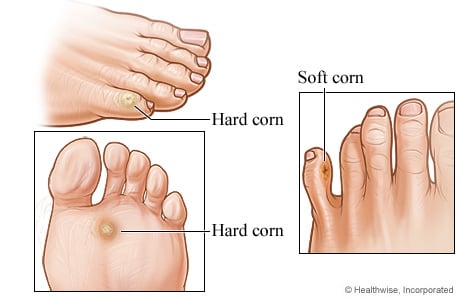
- Corns Education :: MyBadFeet.com
What is Corns? Watch educational videos and read information about Corns.
Treating Corns
Corns should be dealt with as soon as you realize their existence. The first thing to do is to eliminate the cause of the corns which is many times ill-fitting shoes. Shoes that are tight, tough or even too big can be the cause of corns. Four ways of treating corns are - using the pumice stone; using corn pads; using topical acids and surgery. Persons with any circulatory condition such as hypertension and diabetes are advised NOT to attempt self-treatment (i.e. Pumice Stone and Topical Acid Application).
Using The Pumice Stone:
- Soak your feet in warm water. Adding some kind of foot soap can be helpful as this can add moisture to your feet as well as make the skin softer.
- Dampen the pumice stone in the warm water. The pumice stone will absorb the water easily due to its porous structure.
- Use the pumice stone to gently rub the corn with reasonable pressure. Be careful not to rub the corn too hard, but just enough to remove the hardened layers of dead skin.
This is a method you can do daily until the corns are gone.
Using Corn Pads: Some corns don't necessarily need the action of a pumice stones, and may just need to be covered to prevent further unwanted rubbing. Corn pads are useful for preventing further aggravation to the existing corn, and can also be a follow up to using the pumice stone. All that you need to do is to follow the directions on the packaging which is similar to using a band aid.
Using Topical Acids: It is recommended that if you want to use corn removers with acids, you check with a doctor who can verify if you actually need that form of treatment and who can also prescribe a topical acid that is safer and more effective.
Surgery: When tissue around the bones of tones stiffen due to the corn being formed, surgery may be solution to allow the toe to move freely again.
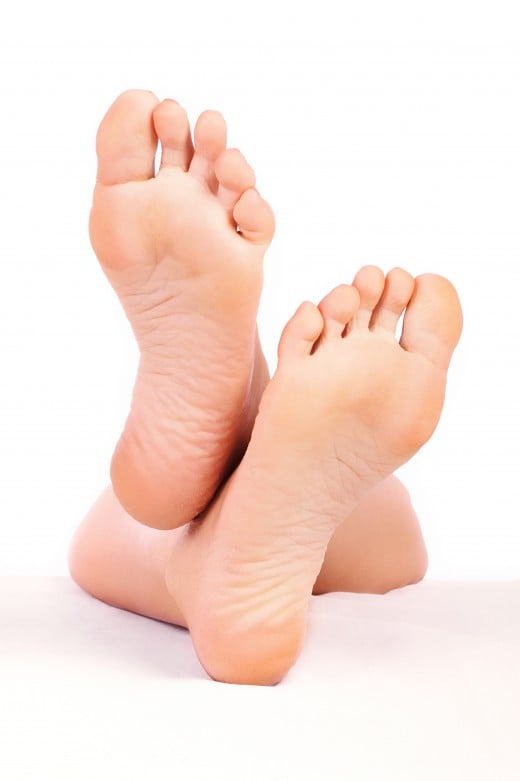
Prevention
Corns are mostly formed because of improper shoes, and here are a couple tips to help you select good comfortable non-aggravating shoes.
- Due to the fact that your feet will swell after being on them throughout the day, it is recommended to try on and buy shoes at the end of your day.
- Try on both shoes (with socks if applicable) and walk around in them for as long as it takes for you to be convinced if that particular pair of shoes is comfortable. Avoid the mistake of trying on only one shoe and assuming that the other shoe will fit the other foot equally well. Know that the left and right foot are not necessarily identical and most times they aren't.
- Avoid the 'fashion over function' principle. This is mainly aimed at women and girls with the choice of high heeled shoes, tough shoes and tight shoes (because they look smaller). Always choose comfortable shoes no matter what.
The feet can get overlooked so easily, but attending to them is crucial. Lack of care and attention have left persons in very bad pain to the extent of not being able to walk. Feet need care too.
